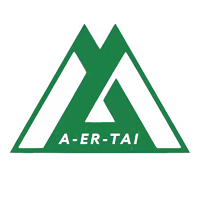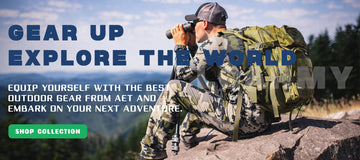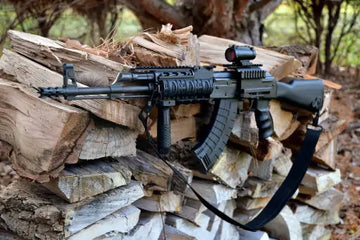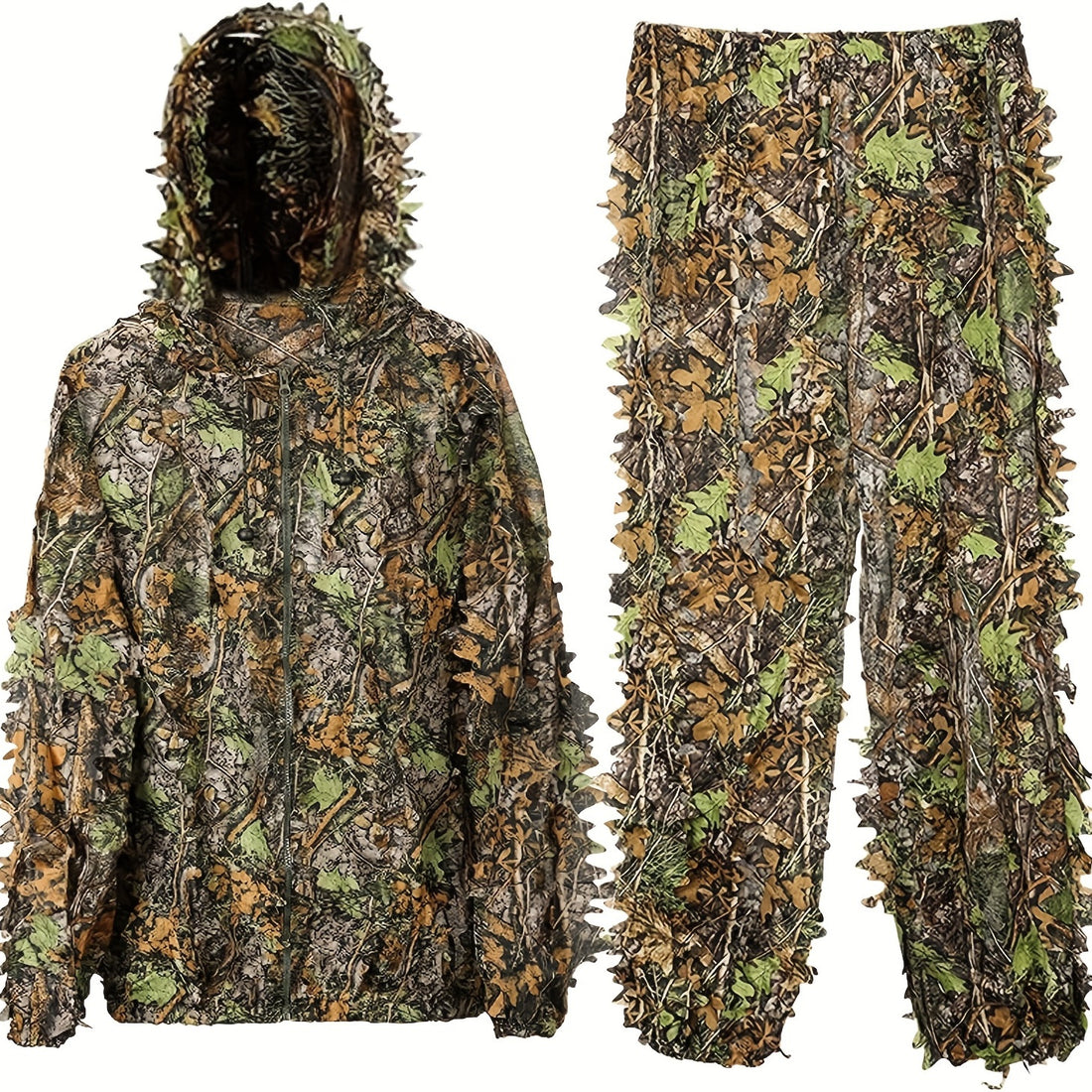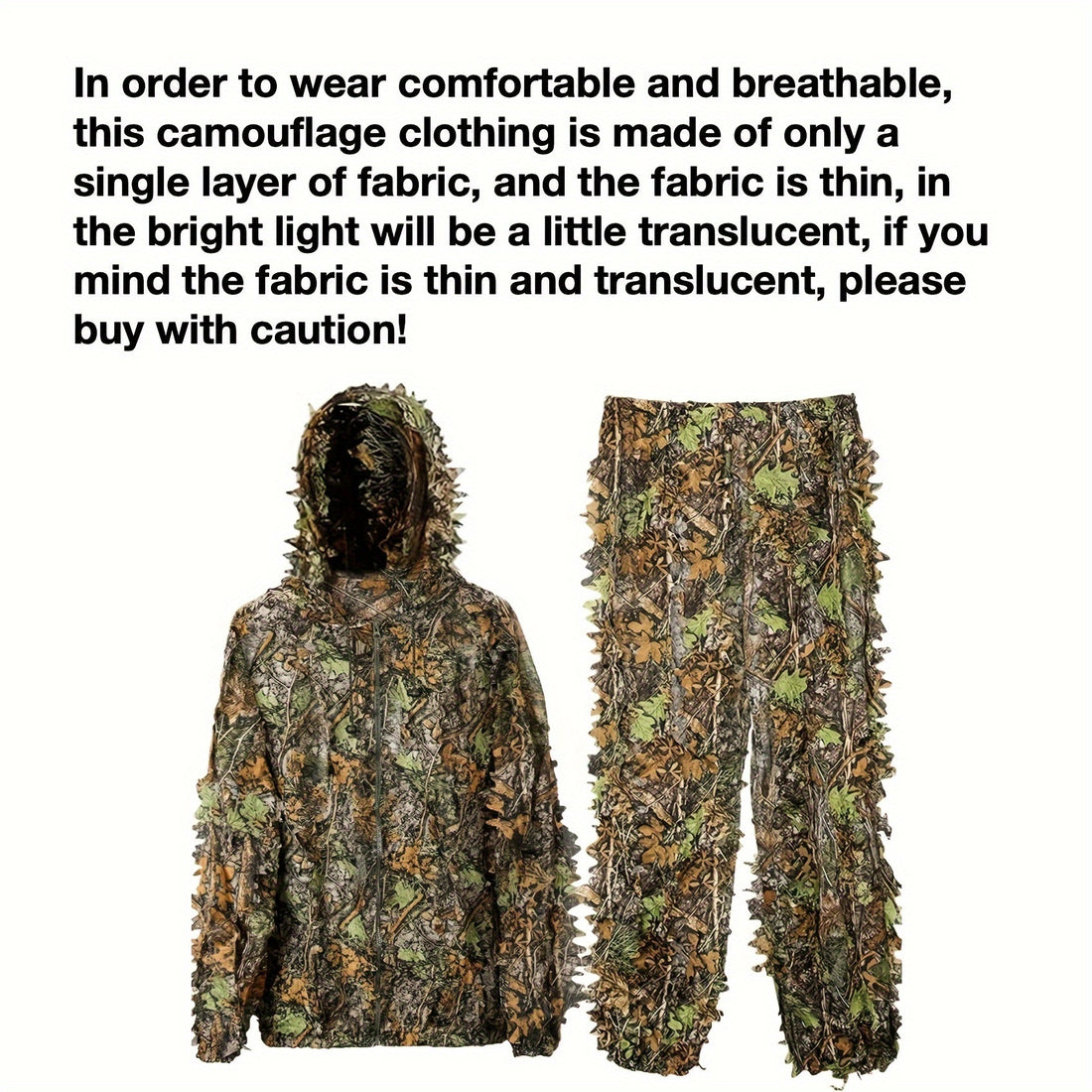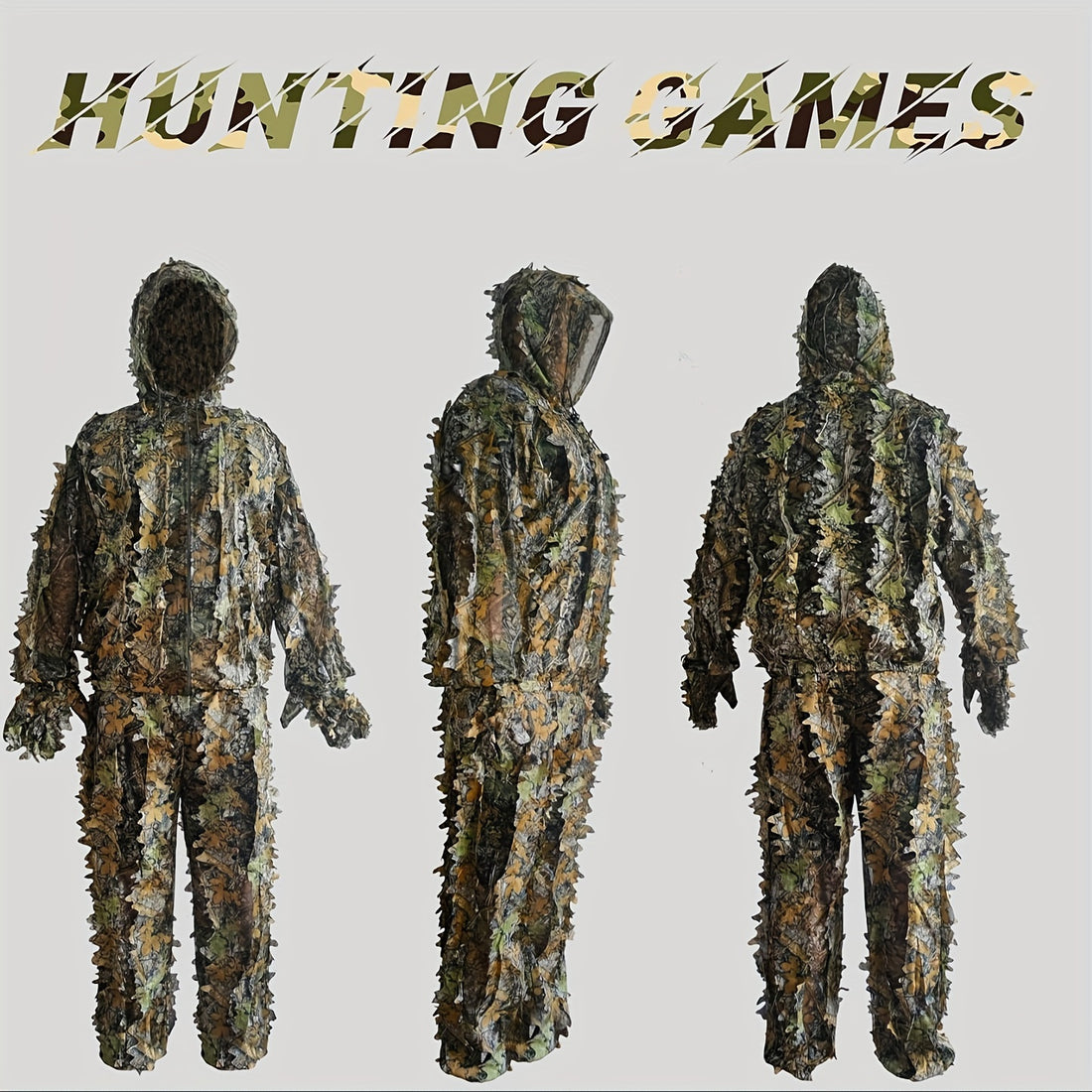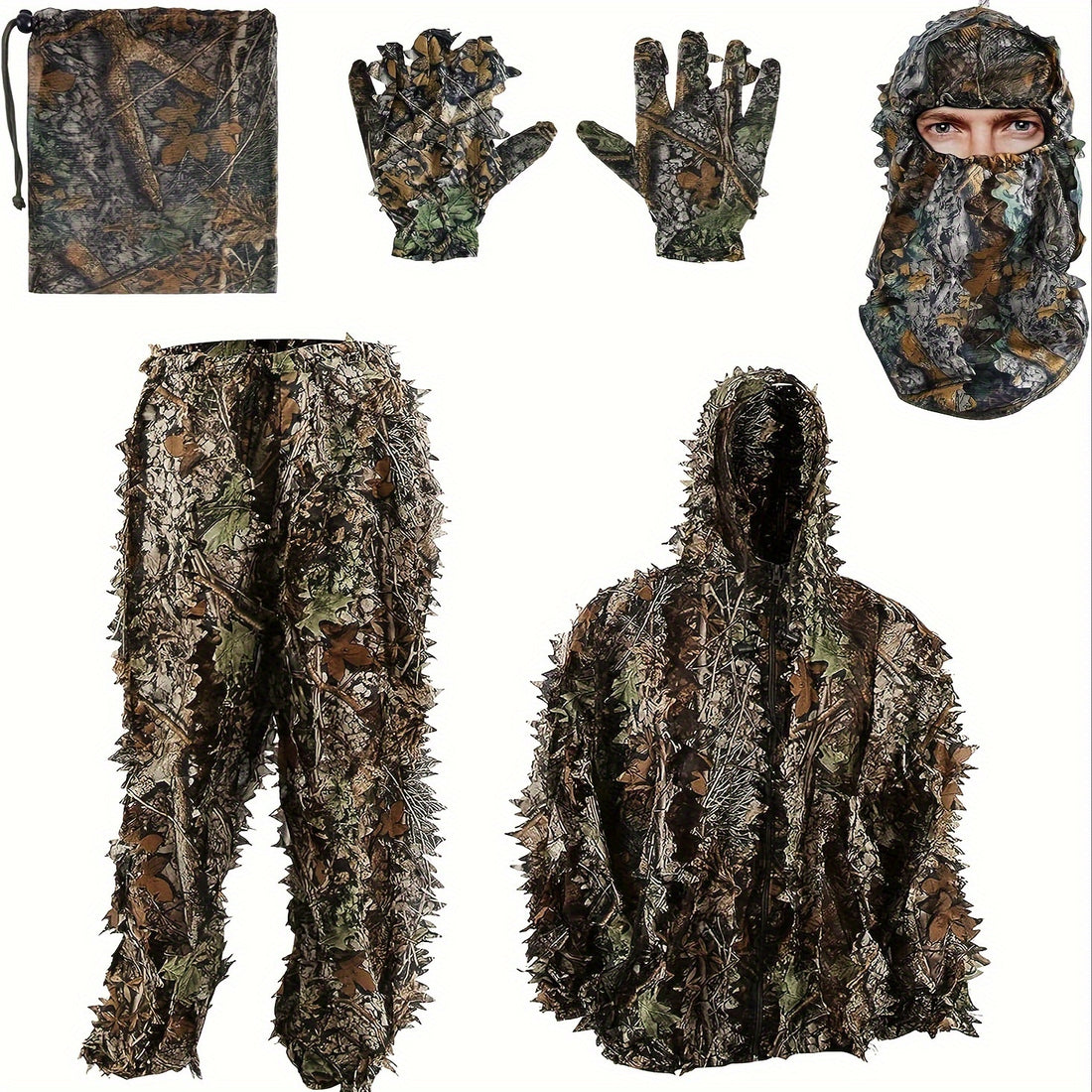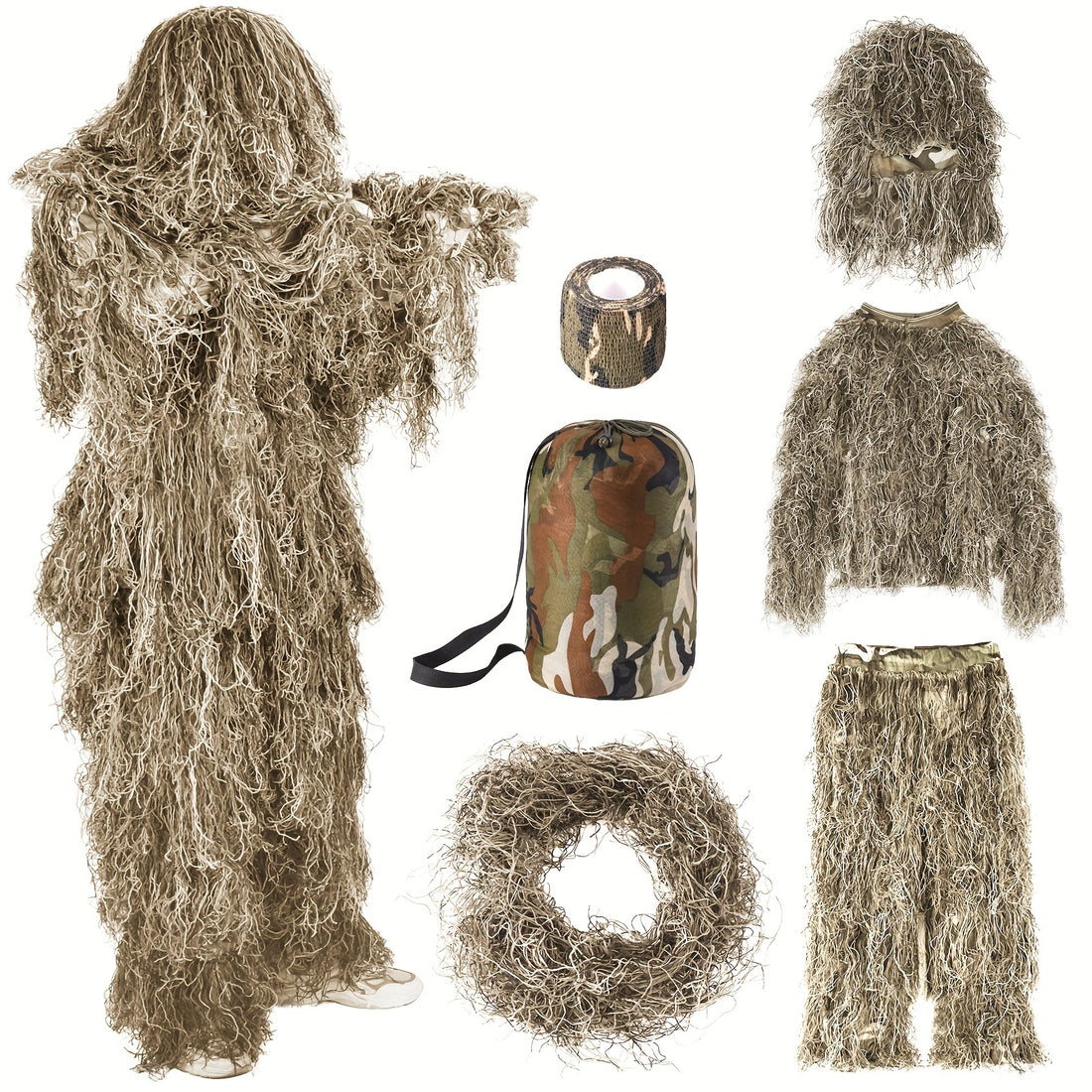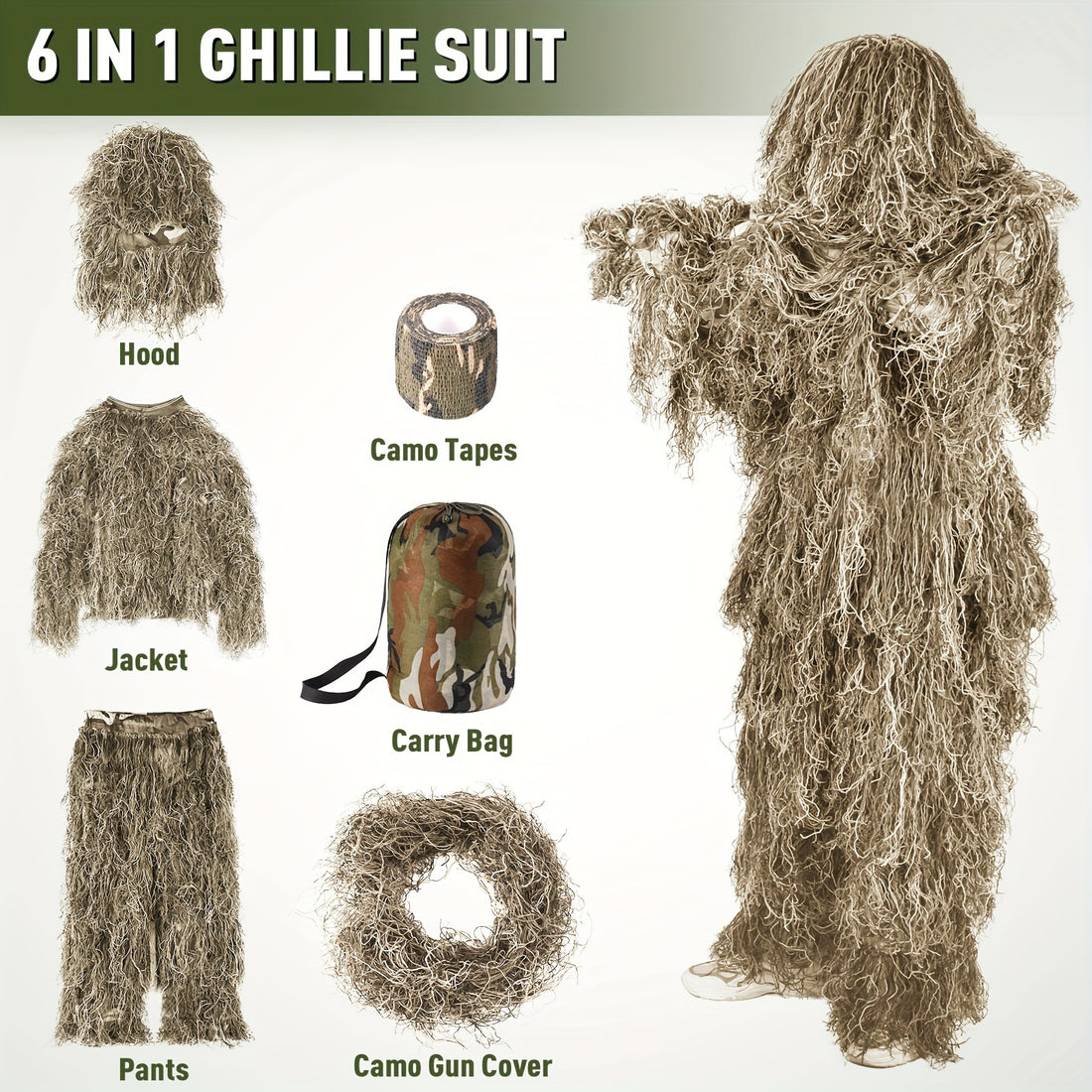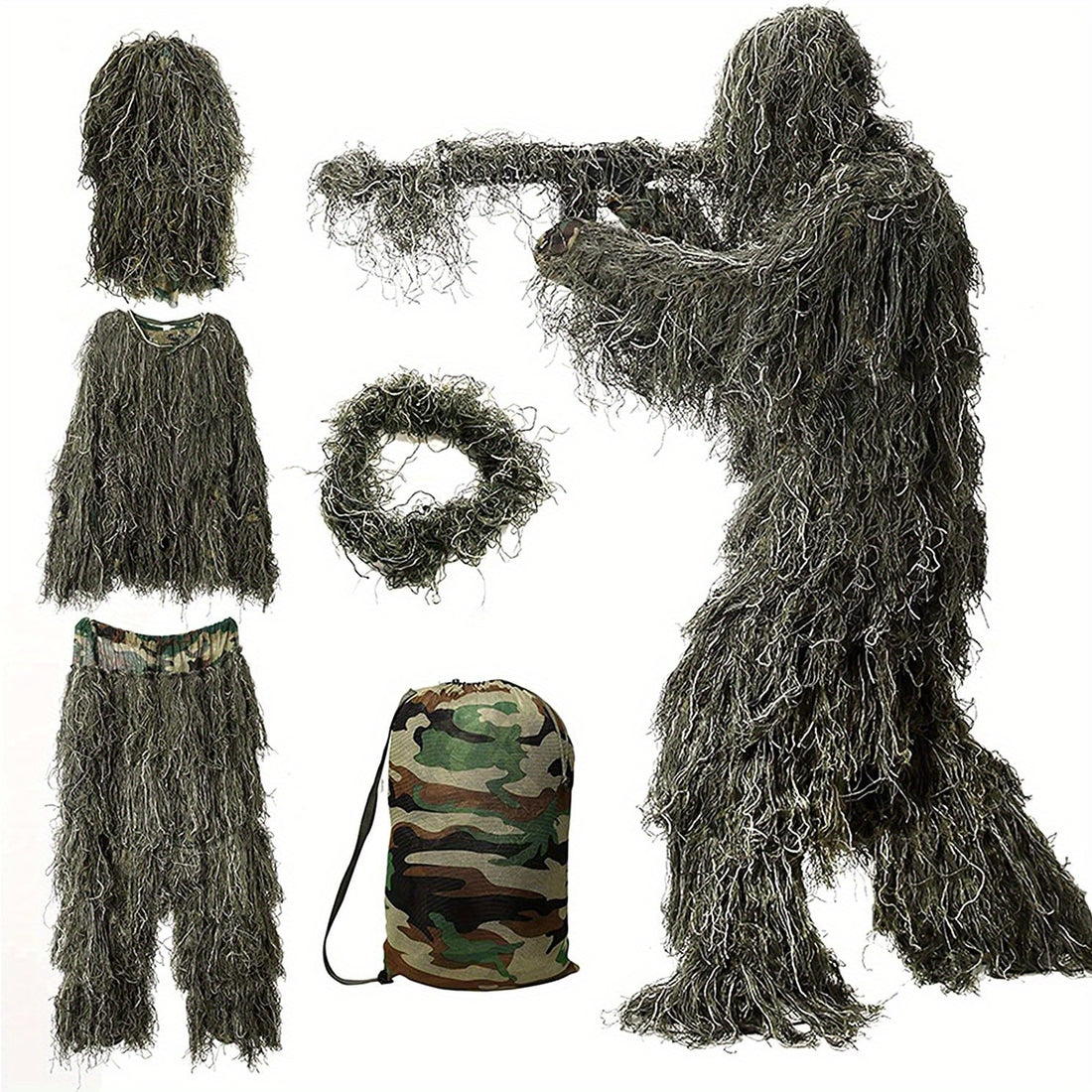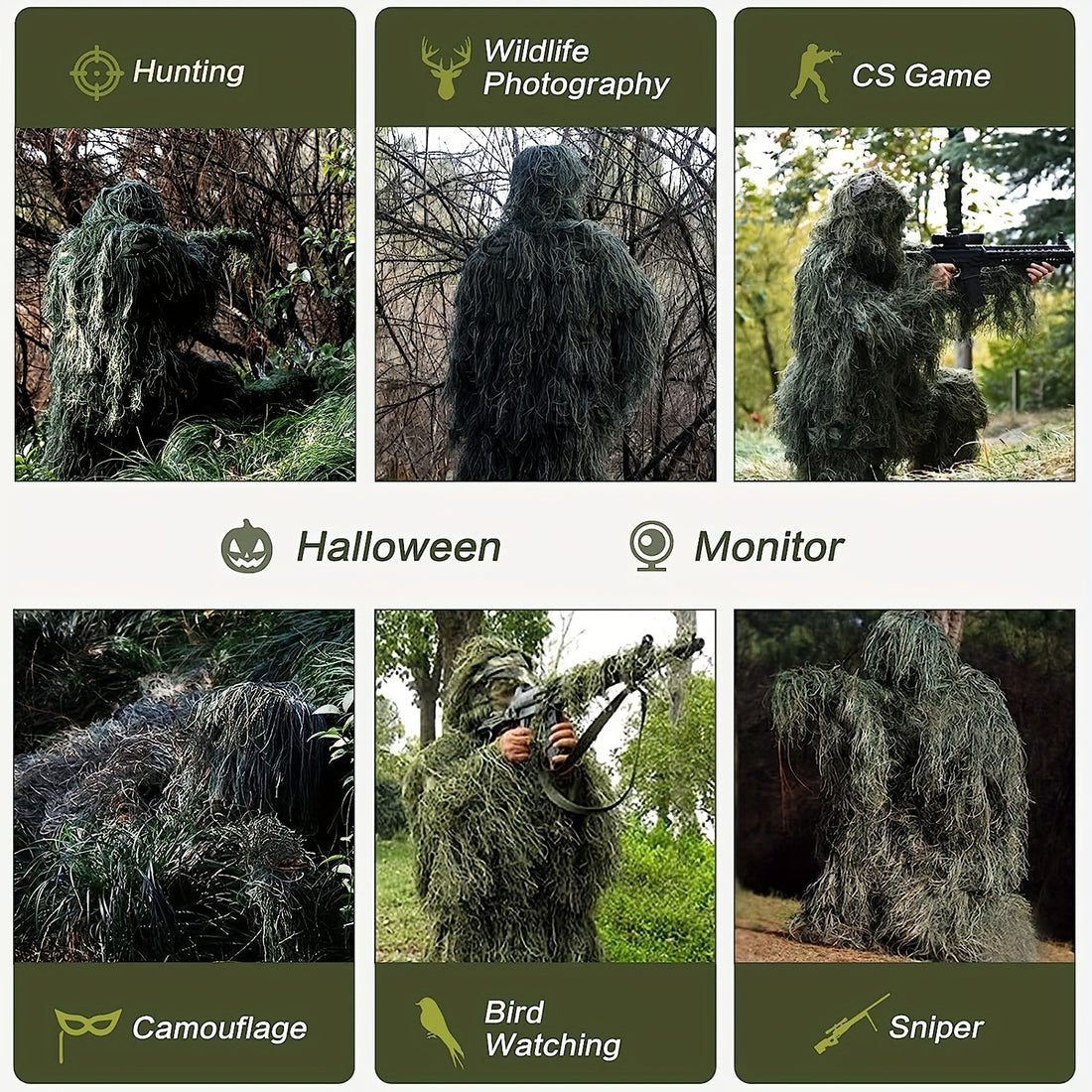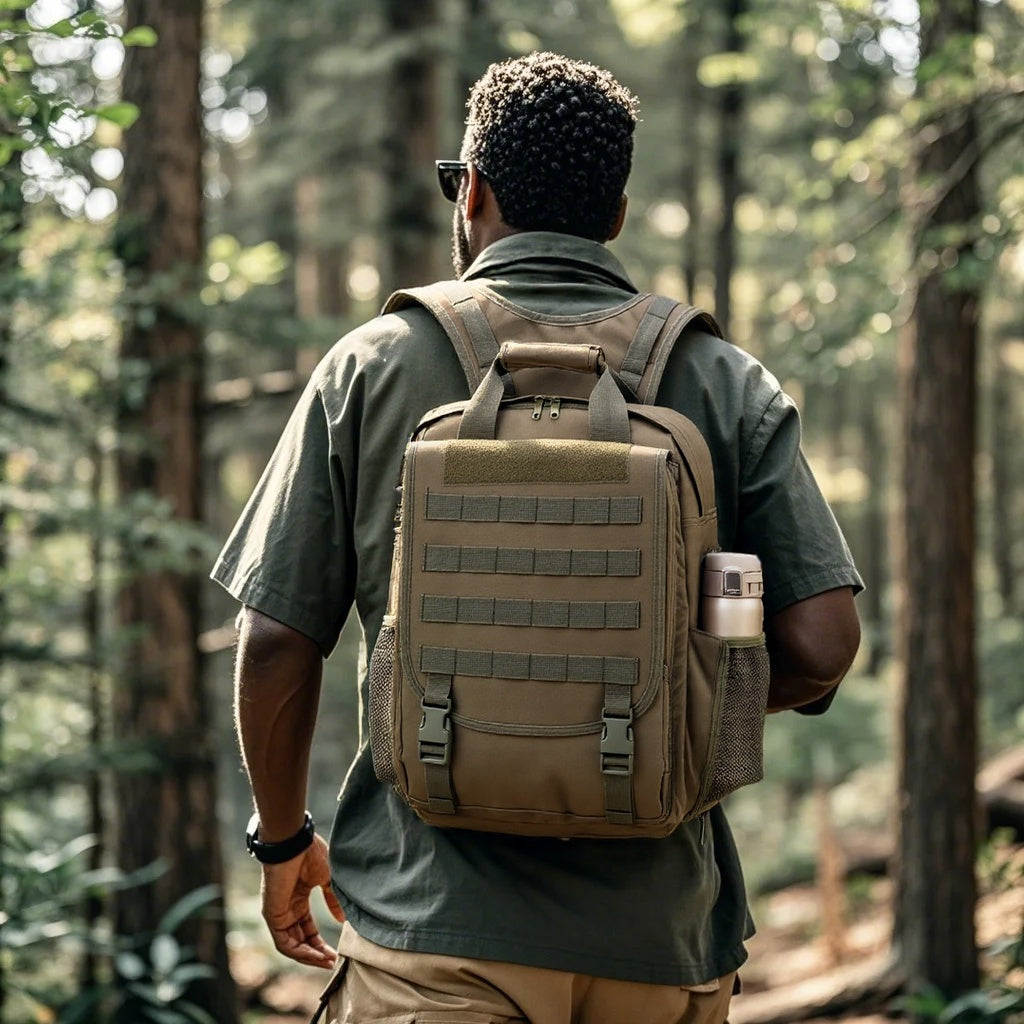The Shemagh, a traditional Middle Eastern headscarf, is a versatile tool for outdoor enthusiasts and tactical professionals. Its ability to protect against sun, wind, dust, and cold makes it invaluable in harsh environments.
This guide outlines five practical tying styles with clear, step-by-step instructions to maximize its utility. Each method has been tested for functionality and draws from established field practices.
1. Classic Military Wrap
Best for: Protection from sun, dust, and wind.
Steps:
- Fold diagonally: Open the Shemagh (typically 42x42 inches) and fold it into a triangle.
- Drape over forehead: Place the folded edge across your forehead, with equal lengths hanging over your shoulders.
- Cross behind head: Pull both ends behind your head, cross them at the nape of your neck, and bring them forward.
- Secure: Tie a loose knot under your chin or tuck the ends into your shirt for a snug fit.
Tip: Adjust the fit to allow airflow while maintaining coverage. This style is commonly used by military personnel in arid regions for its simplicity and effectiveness.
2. Desert Face Cover
Best for: Shielding against sandstorms, dust, and UV rays.
Steps:
- Fold into a strip: Fold the Shemagh into a long, 8-10 inch wide rectangle.
- Cover face: Place the center of the strip over your nose and mouth, with ends hanging down your chest.
- Crisscross behind: Pull the ends behind your head, cross them, and bring them forward to tie under your chin.
- Adjust coverage: Tug the fabric up to cover your nose or down to shield your neck as needed.
Tip: Choose a cotton Shemagh for breathability in hot, dusty conditions. This style reflects traditional desert practices for environmental protection.
3. Tactical Neck Gaiter
Best for: Cold weather, wind protection, and discreet face coverage.
Steps:
- Roll into a band: Fold the Shemagh diagonally into a thick, elongated strip.
- Position around neck: Place the center at the back of your neck, with equal lengths in front.
- Pull up: Lift the strip over your nose and ears for additional coverage.
- Secure: Tie the ends behind your head or tuck them into your jacket.
Tip: This method is ideal for winter hikes or situations requiring minimal facial exposure, offering warmth and flexibility.
4. Quick-Release Sling
Best for: Emergency first aid or carrying lightweight gear.
Steps:
- Spread flat: Open the Shemagh completely.
- Fold into a triangle: Fold diagonally as in the Military Wrap.
- Create a pouch: Place the injured arm or gear in the center of the triangle, with the top point facing outward.
- Tie securely: Bring the two side points around the neck and tie them behind the head. Adjust the top point for stability.
Tip: This technique aligns with wilderness first-aid protocols and can support an injured arm or secure small items in emergencies.
5. Headband & Face Mask Combo
Best for: High-intensity activities like hiking or running, where ventilation is key.
Steps:
- Fold into a headband: Roll the Shemagh into a 4-inch-wide strip.
- Wrap forehead: Place the center on your forehead, cross the ends at the back, and bring them forward.
- Tie at front: Secure with a knot above your eyebrows.
- Adjust as needed: Pull the fabric down to cover your nose or mouth during dusty conditions.
Tip: Opt for a moisture-wicking Shemagh to manage sweat during intense activities.
Choosing the Right Shemagh
- Material: Select 100% cotton for breathability, durability, and comfort in extreme conditions. Cotton absorbs moisture effectively, making it ideal for hot or sweaty environments. Avoid synthetic blends in fire-prone areas, as they can melt or ignite, posing safety risks for tactical operations.
- Size: A standard 42x42-inch Shemagh provides optimal versatility for multiple tying styles and uses, from headwraps to slings. This size ensures sufficient fabric for full coverage without being cumbersome during high-mobility tasks.
- Color: Opt for neutral or camouflage tones like olive drab, coyote tan, or multi-cam to blend seamlessly into natural or tactical environments. These colors enhance concealment, making them ideal for outdoor professionals and military applications.
Care & Maintenance
- Wash: Machine-wash in cold water with mild detergent to preserve vibrant colors and prevent fabric shrinkage. This maintains the Shemagh’s appearance and functionality for long-term use in rugged conditions.
- Dry: Air-dry by hanging or laying flat to protect fabric integrity and prevent stretching or damage. Avoid high-heat dryers, which can weaken fibers and reduce the Shemagh’s lifespan.
- Iron: Use a low heat setting to smooth out creases without scorching or degrading the cotton fibers. This keeps the Shemagh looking sharp for professional or tactical settings.
Final Thoughts
Mastering these Shemagh tying techniques elevates it from a simple scarf to a multi-purpose survival tool. Practice each style in a controlled setting to build confidence for field use. For further guidance, refer to reputable outdoor or tactical training resources, such as military field manuals or wilderness survival guides.
The Shemagh remains a practical, time-tested asset for adventurers, preppers, and professionals. Equip yourself with these skills to stay prepared and protected in any environment.
Interested in custom Shemaghs for your business? As a leading tactical equipment manufacturer, we specialize in customizing and producing high-quality gear, including Shemaghs, to meet your specifications. Contact us on our website to explore bulk solutions for your retail, training, or tactical needs.
